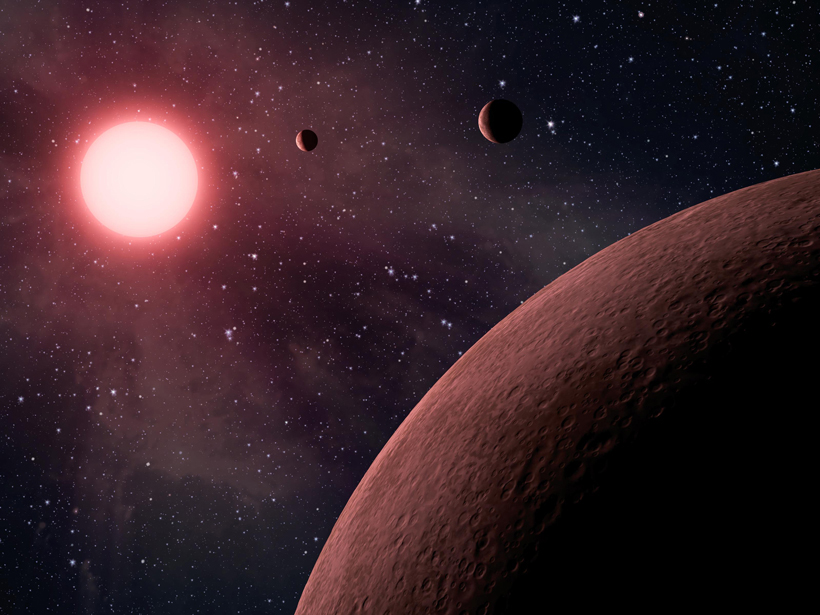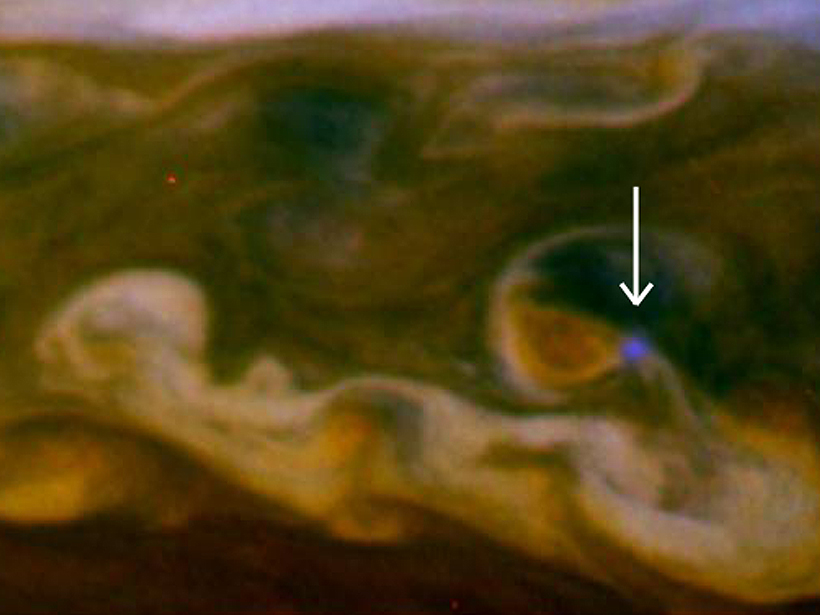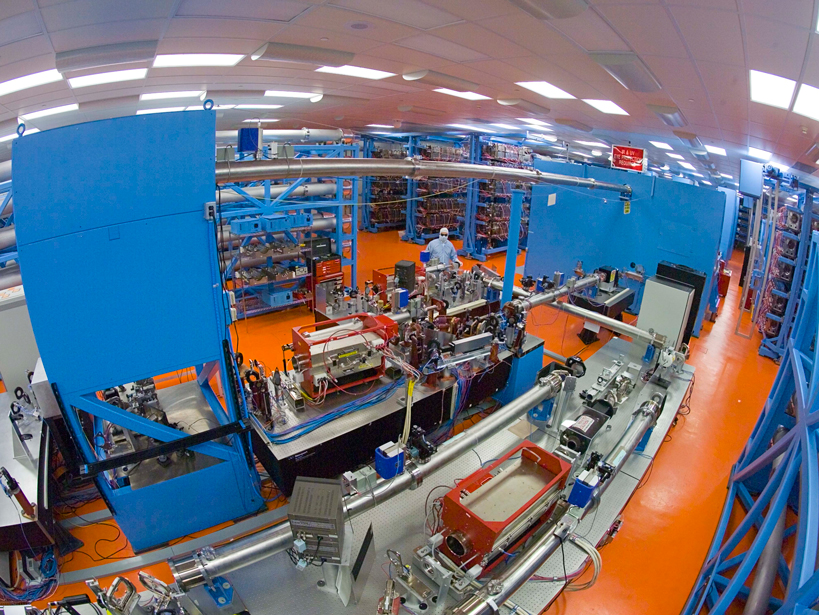NASA's low-cost space telescope opened up a universe of possibilities for scientists who scour space in search of planets—and possibly life.
exoplanets
Posted inNews
Scientists Find "Close Cousin" of Earth
The Kepler space telescope spots a planet in a solar system 1400 light years away that closely resembles Earth in its size, distance from its star, and the type of star it orbits.
Posted inResearch Spotlights
Gaseous Planets May Have Huge Luminous Rings Caused by Lightning
What business do elves have in the upper atmospheres of gas giants? Plenty, it seems. The enormous ring-shaped phenomena triggered by lightning may occur on Jupiter, Saturn, and exoplanets.
Posted inNews
NASA Hopes to Find Strong Indications of Life Beyond Earth Soon
With the search for water and habitable planetary bodies proceeding at an increasing pace, NASA scientists say they are getting closer to finding evidence of extraterrestrial life.
Posted inNews
Probing Exoplanet Interiors Through Lab Simulations
Laser-driven experiments on silica help scientists learn more about planetary formation and evolution.





